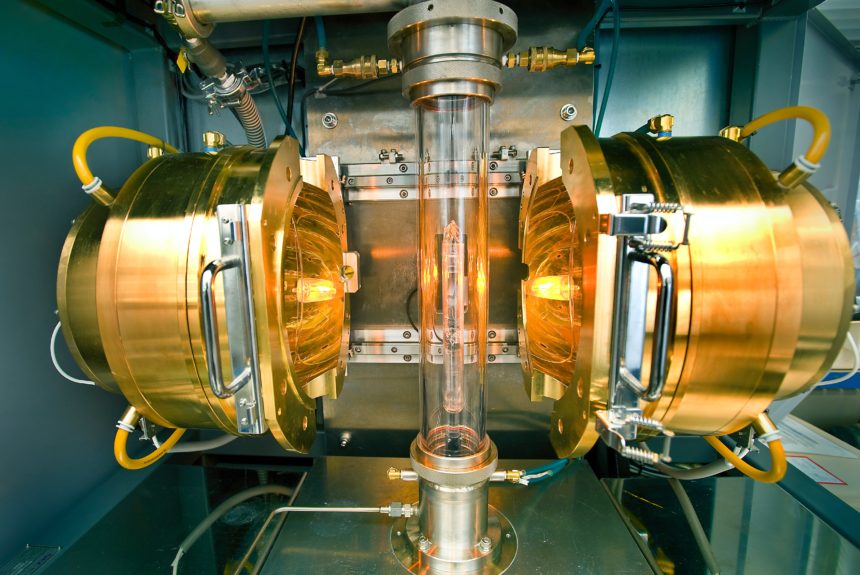With everything that is going on in the medical world, this may seem like an odd time to ask the question: are we shortchanging research and development?
Sure, the federal government is pouring resources into the search for a coronavirus cure. This R&D may pay off quickly, perhaps as soon as this Fall, by delivering an effective vaccine. But science is more than the cure for diseases. It also involves valuable research that can help us find cleaner, more efficient sources of energy.
And it turns out that we haven’t been investing nearly enough as we should.
Recently, the consulting firm PwC completed a report on federal research and development funding. The report was commissioned by Breakthrough Energy, a group established in 2015 by Bill Gates and a group of “individuals and organizations dedicated to achieving net-zero emissions and bringing clean, affordable, and reliable energy to everyone, everywhere.”
The report found that “total US operational expenditures for R&D amounted to $580 billion in 2018, of which $127 billion was federal R&D.” That may sound impressive, but the report notes that “as a share of GDP, federally funded R&D fell to .62% in 2018 – the lowest level since records began in 1953.”
Think about this for a second in the context of our national debt – we spend $127 billion on federal R&D (including defense, health and energy) while racking up over $26 trillion and growing on our national debt. This amounts to us investing in our future at a rate of less than 0.49% compared to our ever-increasing national debt.
This is shortsighted on both fronts.
When it comes to investing in our future, it’s clear that federal research and development pays off in many ways. These include job creation and taxes paid by the workers in those jobs. The report shows that R&D:
- “Provided 445,800 jobs for American workers
- “Paid $50.9 billion in wages, salaries, and fringe benefits and proprietors’ income
- “Generated $70.6 billion in GDP and $13 billion in tax payments to federal, state, and local governments
- “With each direct job generated by federal R&D investment, another 2.7 jobs are supported throughout the rest of the economy.”
Research is especially important in energy. Federal investment has paid off in this sector in particular, the report found. “Economic benefits associated with federal energy efficiency programs over a 22-year period were approximately 4x the size of the investment,” PwC reported. Even looking at research and development on fossil energy over the same period, the economic benefits equaled the investment.
Of course, there are other benefits to energy R&D. Technologies that enabled natural gas “fracking” and horizontal drilling, for instance, almost single-handedly turned the US from being an importer of oil and natural gas to an exporter, and thus, increasing our national security, increasing our economic competitiveness, and decreasing the world’s carbon emissions.
This would not have happened without a pioneering and gutsy entrepreneur named George Mitchell who persevered for 17 years to see his vision become reality. Notably, it was also decades of federal investments in R&D that helped keep his vision alive and ultimately provide the technology necessary to unlock his vision.
So, what’s stopping us from investing more in energy R&D? Good question. So often policy makers get caught up on the false premise that federal investments in R&D reduce private sector investment. Instead, the report notes that “Rather than crowding out private investment, studies have found that federal R&D has a crowd in effect.”
This means that the more we invest federal dollars in innovation, the more the private sector is willing to invest capital to take on the market risk of manufacturing and selling it. “Estimates from one study imply that current federal R&D investment in the defense sector of $58 billion in 2018 results in approximately $52 billion in additional private sector R&D investment.” That’s a one-to-one match, in addition to the 4x economic multiplier effect noted earlier.
It’s clear that federal investment in energy R&D pays off, helping deliver a cleaner environment and new sources of energy. As the world recovers from the coronavirus, and it will, let’s make sure not to shortchange our future.
The views and opinions expressed are those of the author’s and do not necessarily reflect the official policy or position of C3.
